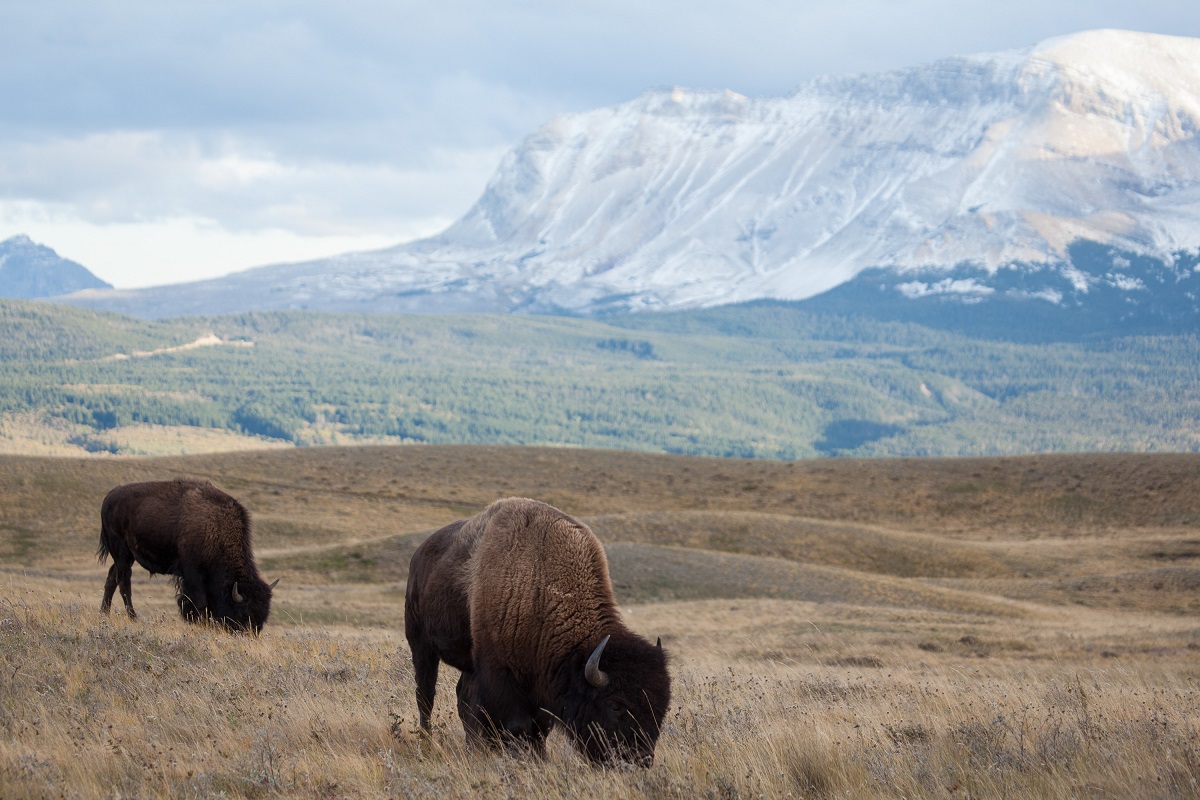Nov/Dec 2019: Canadian Wildlife Magazine
On a sunny day in August 2015, on the old Banff Indian Grounds near the bustling Banff townsite, with massive Cascade Mountain looming overhead, leaders of the Stoney Nakoda and Samson Cree First Nations gathered with other signatories of the Buffalo Treaty — marking their commitment to bring the buffalo back to landscapes that it hadn’t been in for more than a century and a half.
The location for this historic event was deeply symbolic. For thousands of years, First Nations congregated here to camp, trade and prepare for hunting forays. And to the south of the grounds sits diminutive Tunnel Mountain — just an easy peak to climb for some, but a sacred mountain for the Stoney Nakoda, who have formally requested changing its name to Sacred Buffalo Guardian Mountain, to honour their most revered animal instead of a train tunnel that was never actually built.
At the same time, in a remote section of Banff National Park some 60 kilometres past mountain ranges to the north, Parks Canada was kicking off its own historic bison restoration effort — a five-year, $6.4-million pilot project to bring the long-absent species back to the park. For a century, from 1897 to 1997, Parks Canada had kept some of the area’s last remaining bison close to the Banff Indian Grounds, protecting them in a 120-hectare paddock. North America’s largest land mammal, which had once dominated the western landscape with an estimated population of 30 million, had been relegated to a zoo-like display for tourists passing through.










